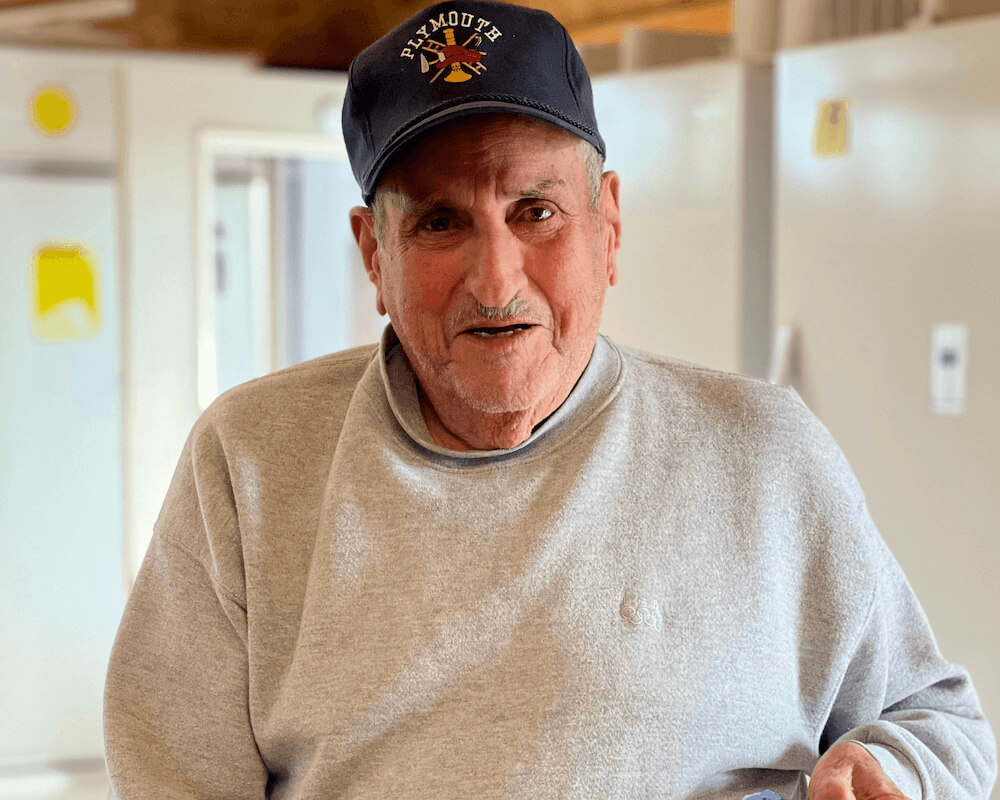Community Driven Strategies
At Good Shepherd Food Bank, we are asking big questions as we continue to grow to meet the needs of Mainers facing hunger.
- How can we better collaborate with community programs supporting families experiencing food insecurity not yet connected to our current network?
- How can we work with other agencies to enable people to receive coordinated services so they don’t have to navigate a confusing maze of programs?
- How can we better collaborate with community programs supporting these families?

To answer these questions, we need to be more connected to our ending-hunger partners and the community programs that may not offer direct hunger relief services but interact with the same families and understand the devastating effects hunger can have on families. This includes our state’s United Ways, Community Action Programs, Boys & Girls Clubs, YMCAs, and other local programs.
We recognize that solutions must come from community members who know best the local challenges that contribute to hunger and the unique assets that will help solve it. With an expanded network, we can address the big question of “How can we end hunger in this community?”
In 2018, Good Shepherd Food Bank divided Maine into 27 regions and analyzed meal gaps utilizing town-level food insecurity data. Each year, we will select two to three regions where we will convene local experts and identify solutions to their area’s unique food access challenges to close the meal gap. Each region will be able to develop environmental scans, identify key stakeholders, assess strengths and opportunities, engage with those experiencing food insecurity, and create work plans for ending hunger on the home front.
Food Bank staff and community leaders work together on the following bodies of work:
- Conducting an environmental scan, a careful evaluation of a region’s internal and external environment for detecting early signs of opportunities and threats that may influence its current and future plans.
- Each region completes a thorough SWOT (strengths, weaknesses, opportunities, and threats) analysis, which evaluates a region’s ability to close its meal gap.
- Each region then sets objectives and/or identifies key activities that stakeholders believe will best leverage the strengths and opportunities uncovered to close the region’s meal gap effectively. The stakeholders will also think about how the weaknesses and threats could potentially challenge the group in accomplishing the objectives and brainstorm what actions can be preemptively taken to mitigate those risks.
Once the above has been completed, full project plans for each objective identified will guide the stakeholder group as they move from strategizing to implementing. The funding process is designed by the Community stakeholders participating in the Community-Driven Strategies program. The committee reviews all applications and decides what projects to fund and the level of funding for each.
Cohorts:
- Pilot year/Cohort One’s Areas: Lewiston, Portland’s suburbs, and Northern Penobscot
- Cohort Two’s Areas: Lincoln County and Washington County
- Cohort Three’s Areas: Northern Kennebec County and Somerset County – In progress
- Cohort Four’s Areas: Piscataquis County and Biddeford Area – In progress